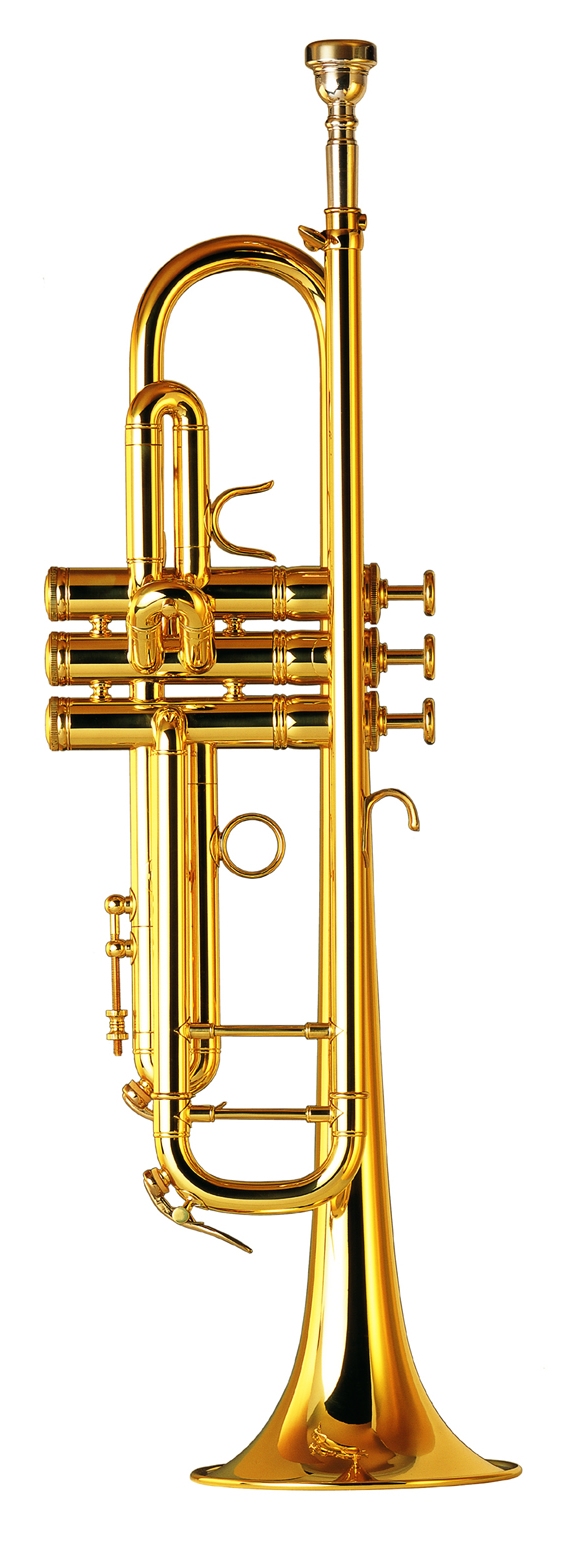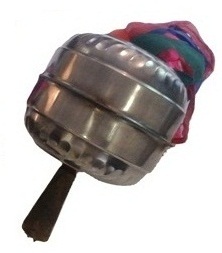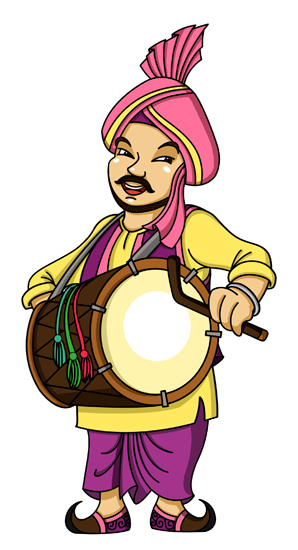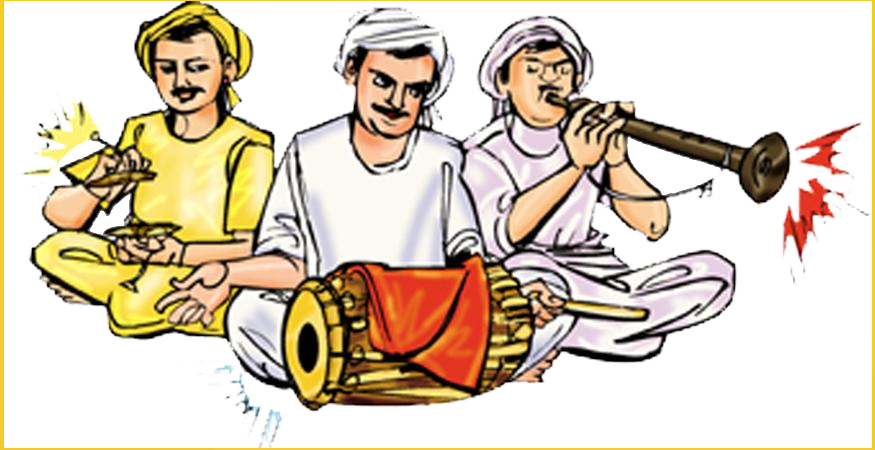- Sharma
Band
Since 1985



Wedding Shehnai
Sharma Band in India is a leading Meerut based Company which was initially started from the hub of Meerut (INDIA) in 1985 ans a well known brand for marriage shehnai services. We have a team of Shehnai players and Tasha Players in the field of entertainment & Management.
We started providing Wedding Shehnai playing services from the time when such wedding sources were limited. We have employed the finest Shehnai Players in our Group, one who shares our vision and give their best every time they perform. Our play can have a profound effect on the most important Events in people life’s. Our Shehnai Players India has performed for many Bollywood Stars Wedding,Business Man's weddings, Minister’s wedding and events, IAS marriages, IPS shaadi events, IFS officers weddings amd many more shaadi shehnai services.
That’s why whenever there’s an occasion or ceremony, one name that comes to the mind is the famous “Shehnai Players India” - the choice of millions!
Our clients are based all over Meerut, India .
Description of the Shehnai :
There is much confusion as to the Shehnai and how it works. All Shehnai's are types of wind instrument. In India the main body is usually made from teak wood though this can vary. The North Indian Shehnai uses a reed made from a grassy weed called narkat. This is a type of bamboo. A small piece of this bamboo, approx 2-4cm long is flattened at one end to give the effect of a double reed, the other end is kept circular and into this is tied the neck piece of the Shehnai. This neck piece is a thin piece of metal tubing that is conical in shape and can be varied in length to alter the tuning of the instrument. The neck piece is then inserted into the main wooden body of the instrument. Usually the length of a Shehnai varies from 12-20 inches (30-50 cm) in length . The wooden tube of the Shehnai generally widens at the lower end. Finally, the Shehnai has a brass bell attached to the end, this bell is nickel covered brass; the nickel can be engraved to show the brass underneath. The Shehnai has seven holes in the wooden body that allow the performer to alter the pitch. The performer is able to bend the pitch of the note across the entire range of the Shehnai using a combination of gradual finger and lip movement. This is a key characteristic of the Shehnai and is one of the reasons why the instrument is so difficult to control. For a professional player the range of the Shehnai is 2 octaves (from Low Ni to High Ni 2 octaves above). For a beginner or amateur player then a range of 1-1 ½ octaves may only be possible.
How to play the Shehnai :-
The reed mounts in the mouth piece, the upper end, on the outside. This instrument has a sealed air chamber. Do not try to remove the bell from the shaft. When playing, your lips are placed on the upper end, this places the reed inside your mouth. Your mouth is now part of the instrument and acts as an air chamber. Prior to playing the reed must be soaked to soften it. You may soak the reed for up to 5 and 6 minutes. Test the reed occasionally to see if it has the sound you like, there is no need to over soak it.
A player holds the shehnai vertically; the fingers of the right hand cover the four bottom holes. The fingers of the left hand play the upper three holes. Blowing into the double reed made of a kind of cane called patti or pattur. Semi-tones are produced by partially closing the holes with the fingers as well as by adjusting the blowing pressure in the pipe.Blow steady but do not blast the air through the instrument. As you play the reed will be kept damp by your breath. You may find that it becomes too damp and you will need to dry it out. It can be left to dry naturally, never put it in sunlight or near heat. You can adjust the opening of the reed by placing a clip on the reed when it dries to minimize the opening. Or, dry it with a toothpick between the reeds to increase the opening. As you play, you will become familiar with the style of reed that works best for you.
A typical shehnai recital features a shruti peti, which serves the purpose of a tanpura drone by giving out just one or two notes. On the percussion side, the shehnai is traditionally accompanied by a nakkara, a pair of small kettledrum played with sticks. In modern times, it is accompanied by the tabla. Generally, a leading shehnai player will sit for a recital, accompanied by two or three other shehnai players with dukkar a small earthen kettledrum played with fingers. The shehnai is a difficult instrument to play, as the musician must master a wide range of finely nuanced embouchure and fingering techniques.
Sharma Band From The House of Gangaram and Budh Prakash Since 1955 at your service related with shehnai services in weddings, marriages, shaadi and other events.
